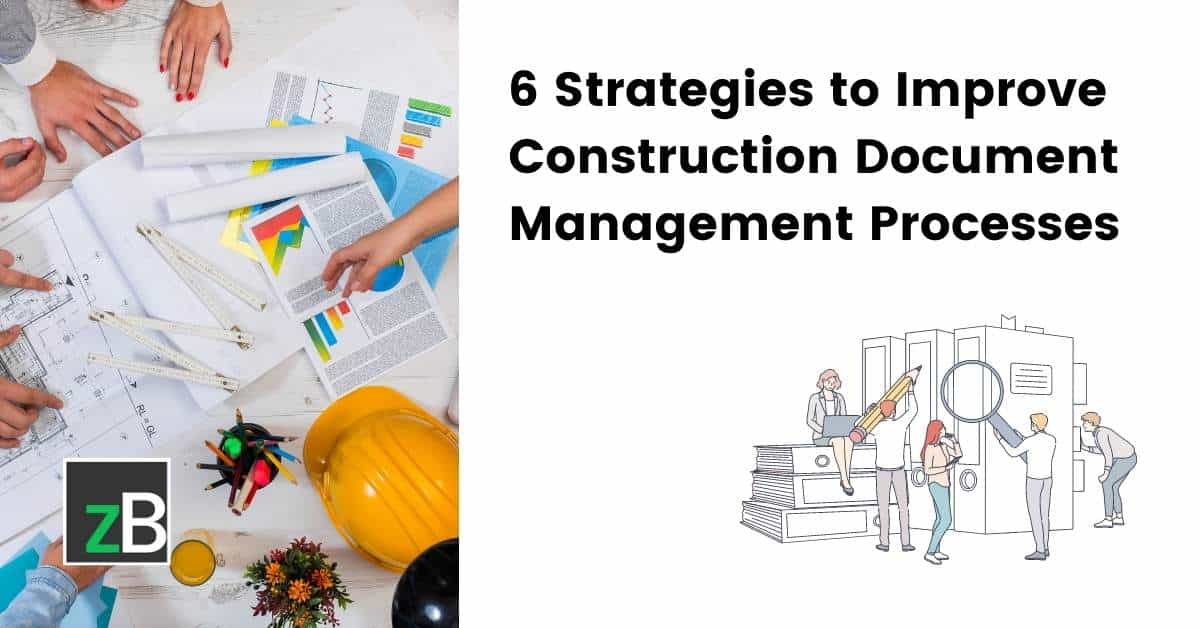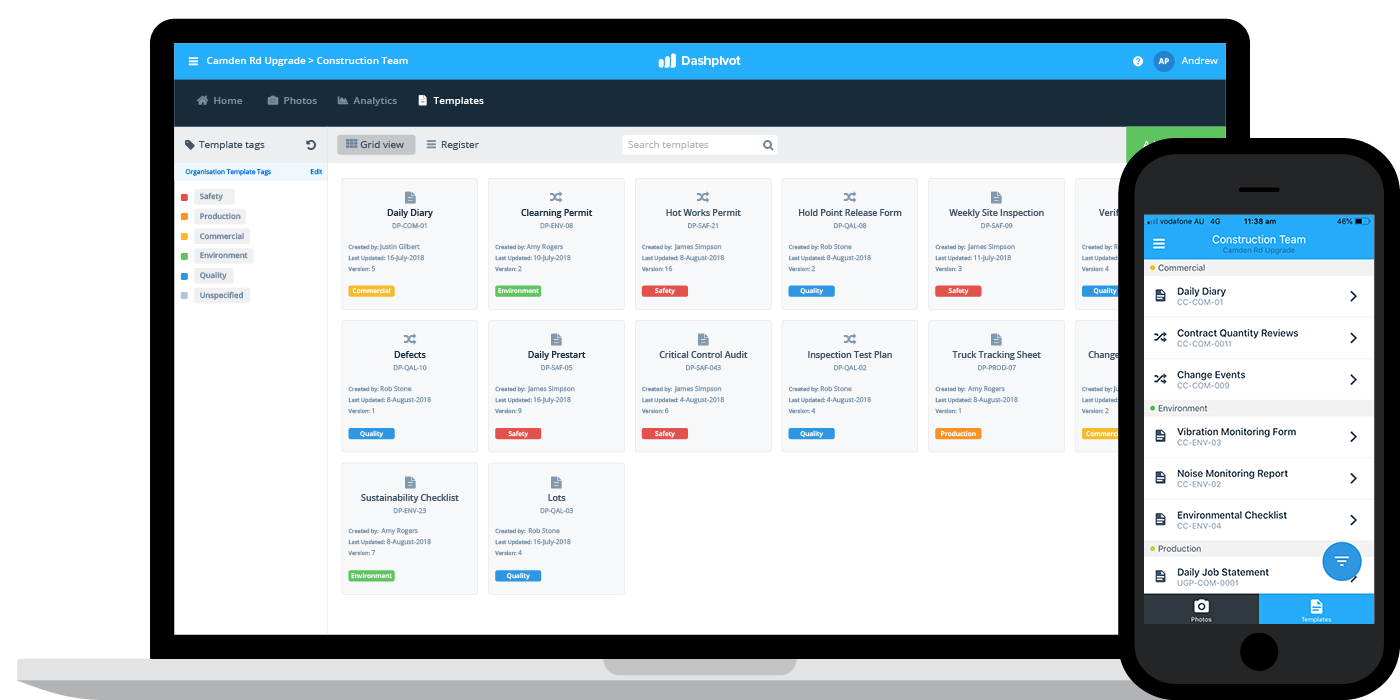Browsing Complexity: How Construction Document Management Software Can Aid
Optimizing Project Cooperation: Architect's Ideal Practices in Building Record Administration
In the intricate world of building projects, the efficient monitoring of building and construction records stands as a keystone for success. Engineers, with their meticulous focus to detail and ingenious layout options, are tasked with managing a harmony of stakeholders, sources, and timelines. Among this intricacy exists a crucial inquiry: how can architects enhance cooperation procedures to enhance job results? By discovering key techniques such as leveraging cloud-based systems, developing durable interaction methods, and guaranteeing information protection, engineers can elevate their document management methods to new heights.
Leveraging Cloud-Based Platforms
Leveraging cloud-based platforms is an essential technique for modern architects in enhancing construction file administration processes. By transitioning from traditional paper-based systems to cloud remedies, engineers can enhance collaboration, boost record access, and improve overall project performance. Cloud-based systems provide architects the capacity to shop, share, and update construction records in real-time, making sure that all team participants have access to the most existing info regardless of their area. This availability promotes smooth communication and coordination amongst project stakeholders, leading to less errors and hold-ups in the building procedure.
Additionally, cloud-based systems provide a safe environment for keeping delicate project info, supplying encryption, normal back-ups, and user authorization settings to safeguard information honesty. Architects can likewise gain from the scalability of cloud services, permitting them to adjust storage capability and capability based on project demands. On the whole, leveraging cloud-based platforms empowers designers to maximize their building and construction document administration procedures, driving better cooperation, effectiveness, and success in their jobs.
Applying Version Control Systems
Having established the benefits of cloud-based platforms in building and construction record monitoring, architects can currently improve their document control procedures by carrying out Version Control Equipment. Version Control Equipment (VCS) are vital devices that track adjustments in documents, guaranteeing that staff member are constantly collaborating with the most recent and most accurate information. By implementing VCS, architects can maintain a central database where all task records are saved, enabling seamless cooperation while decreasing the threat of mistakes and version conflicts.
This function is particularly useful in construction tasks where style models and adjustments are usual. This transparency not just boosts responsibility yet also aids in solving disputes or inconsistencies that might occur throughout the task lifecycle.
Establishing Interaction Methods
To guarantee reliable and effective task coordination, designers have to establish clear and robust interaction methods within their building and construction file administration procedures. Interaction protocols define the techniques, regularity, and networks through which staff member exchange info, updates, and responses. One important element of developing these procedures is establishing a central communication platform where all project-related discussions and file sharing can occur. This system can be a task monitoring software, email threads, or cloud-based storage services. By setting guidelines on exactly how info is distributed and exactly how group participants interact with each various see this site other, designers can enhance the circulation of information and stop miscommunications or hold-ups in the building process.
Furthermore, communication methods must likewise include standards on exactly how to manage conflicts, change orders, and immediate problems that may emerge throughout the project lifecycle. Developing an organized technique to communication makes certain that all stakeholders get on the same web page, promotes openness, and eventually contributes to the effective completion of the construction job.
Utilizing BIM Software Program for Sychronisation
BIM software program plays an essential role in boosting sychronisation among job team participants in the construction sector. Building Info Modeling (BIM) helps with cooperation by offering a central platform where engineers, engineers, professionals, and various other stakeholders can work together in a coordinated way. Via BIM software application, task participants can access and upgrade a common design that has comprehensive details about the building design, construction elements, and task schedules.

Furthermore, BIM software enables real-time partnership and communication among employee, pop over here no matter of their physical place. Via cloud-based BIM platforms, job stakeholders can access the most recent job information, track changes, and make informed decisions quickly. In general, leveraging BIM software program for coordination boosts task performance, performance, and eventually brings about successful project results.
Ensuring Data Protection and Conformity
In the world of building paper administration, guarding information honesty and ensuring regulative compliance are vital factors to consider for engineers and various other job stakeholders. Architects have to execute durable protection steps to safeguard delicate task information from unapproved accessibility or breaches.

Verdict
To conclude, designers can optimize job partnership in construction paper monitoring by leveraging cloud-based systems, executing variation control systems, establishing communication protocols, utilizing BIM software application for coordination, and making certain information safety and security and compliance. These finest techniques help simplify the building and construction procedure, boost communication among task stakeholders, and improve performance in task delivery. By complying with these guidelines, engineers can effectively manage building and construction papers and facilitate successful task results.
Through BIM software program, task participants can access and upgrade a shared version that consists of in-depth info concerning the structure design, building and construction elements, and task routines.
Through cloud-based get redirected here BIM platforms, task stakeholders can access the most recent project information, track modifications, and make educated decisions without delay - construction document management. Generally, leveraging BIM software for coordination boosts job performance, efficiency, and ultimately leads to successful task results
In final thought, engineers can maximize project cooperation in building record management by leveraging cloud-based platforms, applying variation control systems, developing interaction methods, utilizing BIM software application for control, and making certain data protection and conformity. These best practices aid enhance the building and construction process, improve interaction amongst task stakeholders, and improve performance in job distribution.